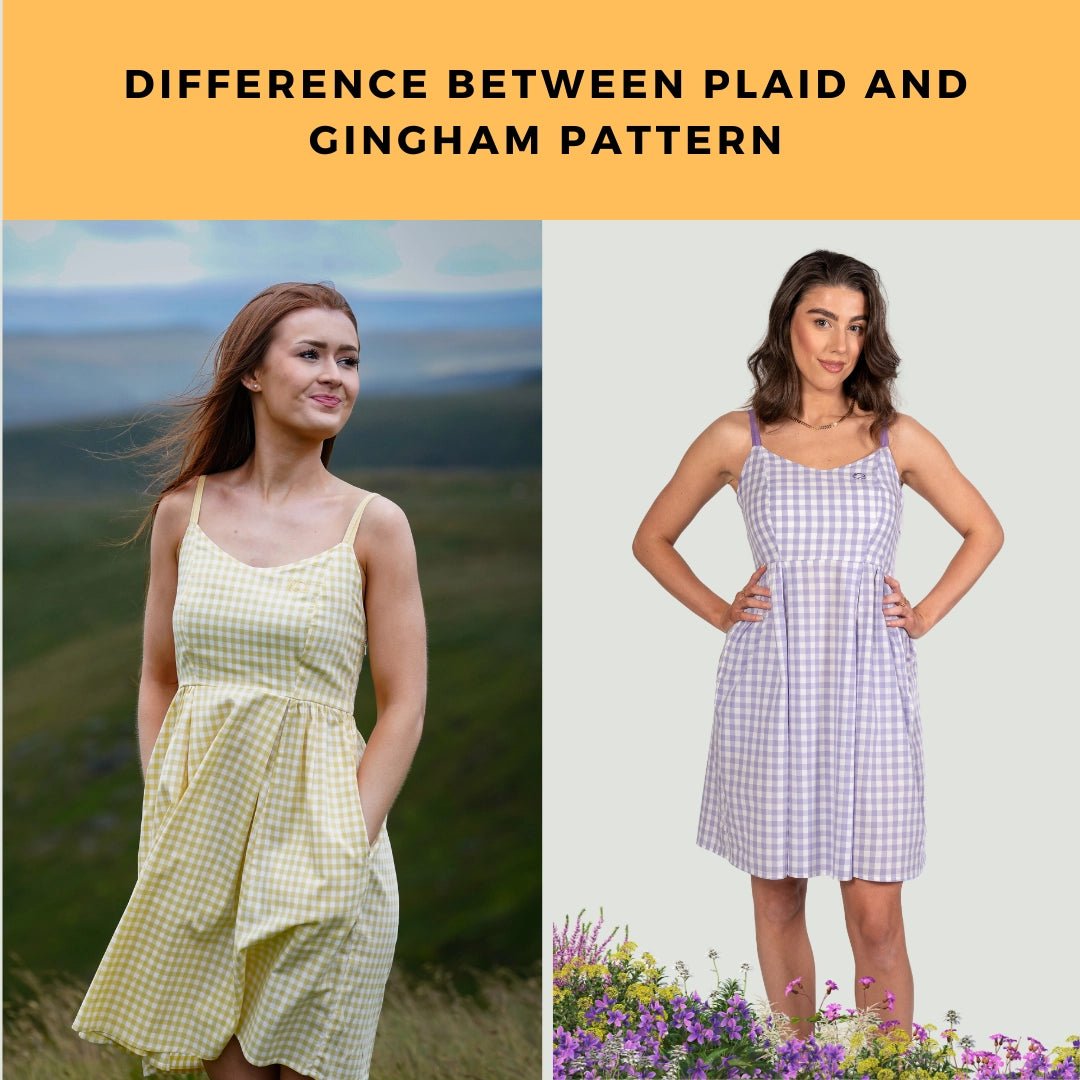
10 Shocking Ways Fast Fashion is Ruining Your Health ( And Your Kids'! )
Introduction
In recent years, the fashion industry has undergone a significant transformation, with fast fashion dominating the market. While trendy and affordable clothes may seem appealing, the hidden health costs associated with this industry are alarming. This article explores ten shocking ways fast fashion is negatively impacting your health and that of your children, highlighting the importance of sustainable and slow fashion alternatives.
 1. Chemical Exposure
1. Chemical Exposure
Fast fashion often relies on synthetic materials and harsh chemicals to produce clothing quickly and cheaply. These chemicals can include:
-
Formaldehyde
-
Phthalates
-
Azo dyes
-
Per fluorinated chemicals (PFCs)
Long-term exposure to these substances can lead to various health issues, including:
-
Skin irritation
-
Allergic reactions
-
Respiratory problems
-
Hormone disruption
A study by Greenpeace found that many fast fashion items contain harmful chemicals, even after multiple washes.
2. Microfiber Pollution
Synthetic fabrics, commonly used in fast fashion, release tiny plastic particles called microfibers when washed. These microfibers end up in our water systems and eventually in our food chain. Research has shown that:
-
An average wash can release up to 700,000 microfibers
-
Microfibers have been found in human lungs, blood, and even placentas
The long-term health effects of ingesting these microplastics are still being studied, but early research suggests potential risks to our digestive and respiratory systems.
3. Skin Irritation and Allergies
Fast fashion often prioritizes cost over quality, resulting in clothing made from low-grade materials that can irritate the skin. Common issues include:
-
Itching and rashes from synthetic fabrics
-
Allergic reactions to dyes and chemicals
-
Increased risk of fungal infections due to poor fabric breathability
Choosing comfortable, natural fabrics like organic cotton, linen, and bamboo can significantly reduce these risks.
4. Psychological Impact
The constant pressure to keep up with rapidly changing trends can have a negative impact on mental health, especially for young people. This can lead to:
-
Low self-esteem
-
Body image issues
-
Anxiety and depression
Embracing slow fashion and developing a personal style can help alleviate these psychological stressors.
5. Endocrine Disruption
Many chemicals used in fast fashion production are known endocrine disruptors. These substances can interfere with hormone production and function, potentially leading to:
-
Reproductive issues
-
Developmental problems in children
-
Increased risk of certain cancers
Choosing organic and sustainably produced clothing can help minimize exposure to these harmful chemicals.
6. Respiratory Issues
The production of fast fashion often involves processes that release harmful particles into the air. Workers in factories and people living near production facilities are at risk of developing respiratory problems such as:
-
Asthma
-
Chronic obstructive pulmonary disease (COPD)
-
Lung cancer
Supporting sustainable fashion brands that prioritize worker safety and environmental protection can help reduce these risks.
7. Environmental Health Consequences
Fast fashion's impact on the environment indirectly affects human health. Some key issues include:
-
Water pollution from textile dyeing and treatment
-
Air pollution from manufacturing processes
-
Soil degradation due to intensive cotton farming
These environmental factors contribute to various health problems, including:
-
Waterborne diseases
-
Respiratory illnesses
-
Reduced food security
By choosing sustainable and slow fashion options, we can help mitigate these environmental and health risks.
8. Child Labor and Health Risks
Fast fashion's demand for cheap labor often leads to the exploitation of children in developing countries. These young workers face numerous health risks, including:
-
Physical strain from long working hours
-
Exposure to harmful chemicals
-
Increased risk of accidents due to poor working conditions
Supporting ethical fashion brands that ensure fair labor practices can help protect vulnerable children from these health hazards.
9. Overconsumption and Stress
The fast fashion model encourages constant consumption, which can lead to:
-
Financial stress from overspending
-
Cluttered living spaces
-
Increased anxiety about keeping up with trends
Adopting a minimalist approach to fashion and focusing on quality over quantity can help reduce stress and promote a healthier lifestyle.
10. The Fast Fashion Cycle and Mental Health
The rapid turnover of trends in fast fashion can create a cycle of dissatisfaction and constant desire for new items. This can lead to:
-
Impulse buying and regret
-
Feelings of inadequacy
-
Difficulty in developing a personal style
Embracing slow fashion and investing in timeless, comfortable pieces can help break this cycle and promote better mental health.
Conclusion
The hidden health costs of fast fashion are numerous and far-reaching, affecting not only our physical well-being but also our mental health and the health of our children. By making conscious choices to support sustainable and slow fashion, we can protect ourselves and future generations from these harmful effects.
Take action today:
-
Research and support ethical, sustainable fashion brands
-
Invest in high-quality, comfortable clothing that lasts
-
Educate yourself and others about the impacts of fast fashion
-
Consider secondhand shopping or clothing swaps
-
Develop a personal style that transcends fleeting trends
By making these changes, we can work towards a healthier, more sustainable future in fashion and beyond.









Leave a comment
This site is protected by hCaptcha and the hCaptcha Privacy Policy and Terms of Service apply.